The problem with consumer travel
Initially HelloGbye was developed as a consumer product which enabled travellers to quickly book an itinerary using voice and natural language, right from their smartphone.
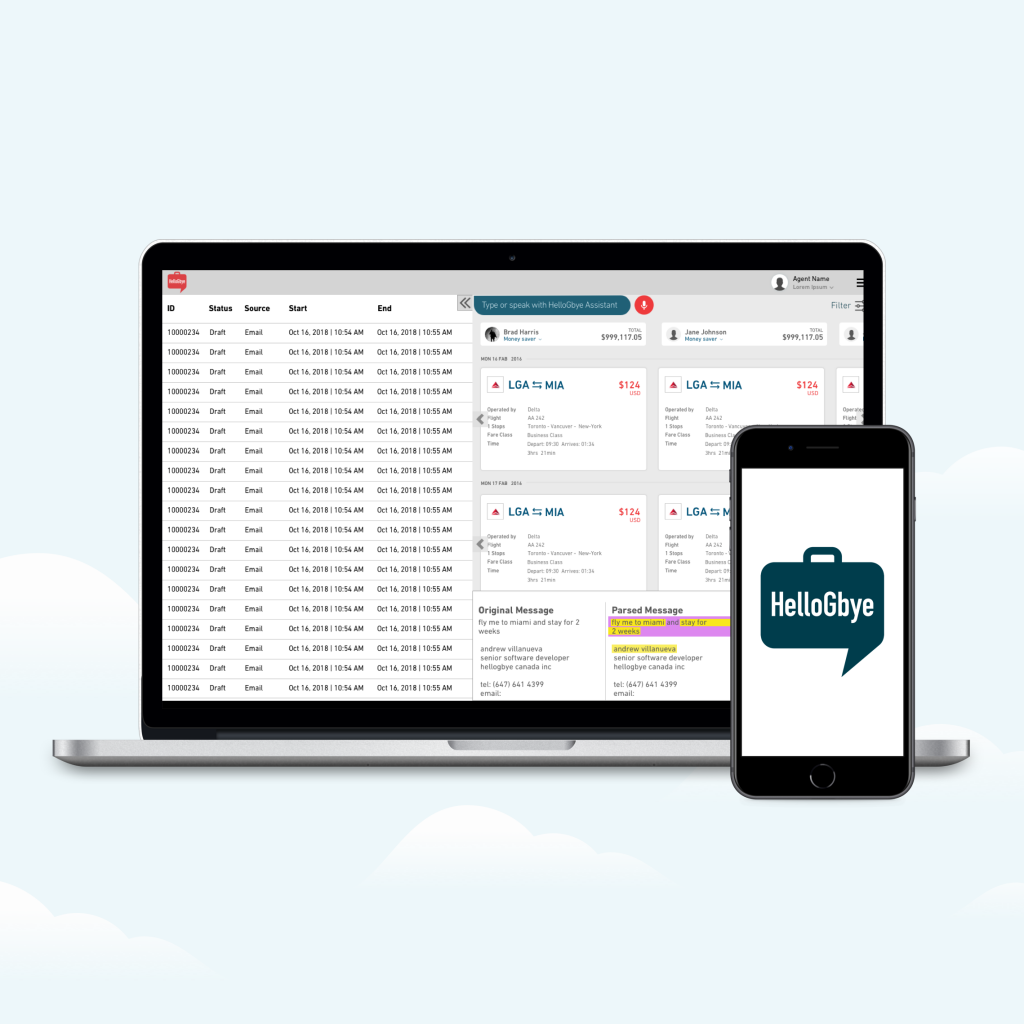
After successfully launching an iOS app and engaging a small user base, the company began to realize that the high cost of acquisition required to compete in B2C travel was not sustainable.
There were also a number of competitors coming into the market solving similar problems, primarily using chatbot technology.
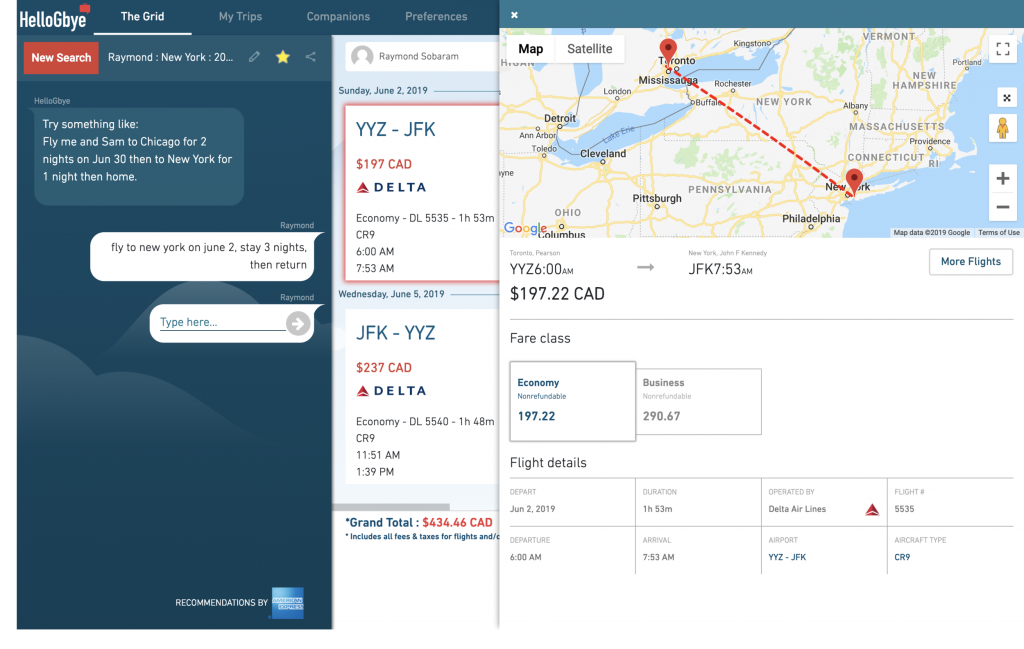
Hello Corporate, G’bye Consumer
At the same time the company was working in partnership with major global Travel Management Company (TMC) who became interested in using HelloGbye’s technology to help their corporate travel agents process itineraries faster and more efficiently.
When I joined HelloGbye the core technology was being reinvented and the specific product vision was unclear.
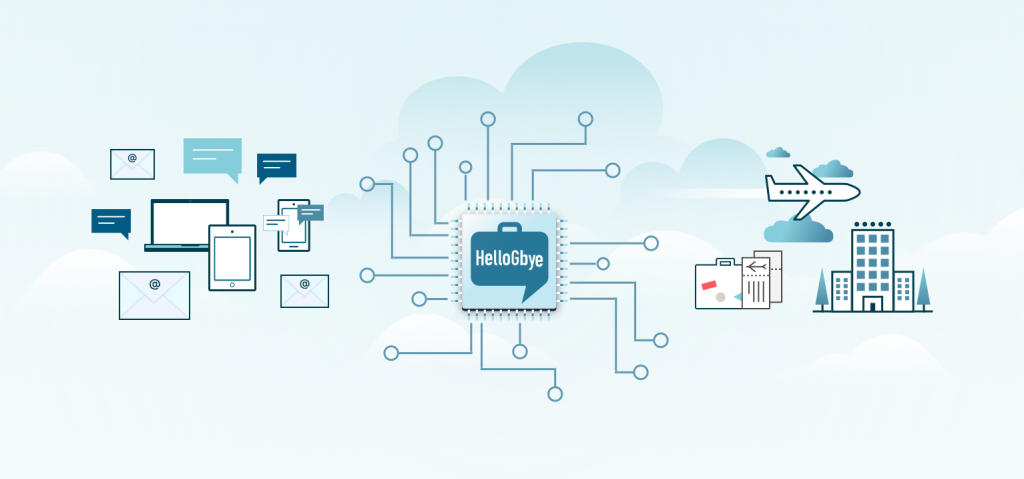
Defining the product vision
After interviewing the executives, product owners and developers to understand the current state, we started working together to define the product vision and roadmap.
The core product would involve a number of components that could be integrated in the existing workflow of corporate travel agents, while simultaneously providing new features and functionality for improved efficiency.
The primary medium we were designing for was email, but also considering other types of communication mediums, including SMS and other messaging technologies.
In addition to this new agent workflow, we also conceptualized, designed and built a tool that would simultaneously be used as a quality control mechanism, while also contributing to the machine learning aspect of the technology.
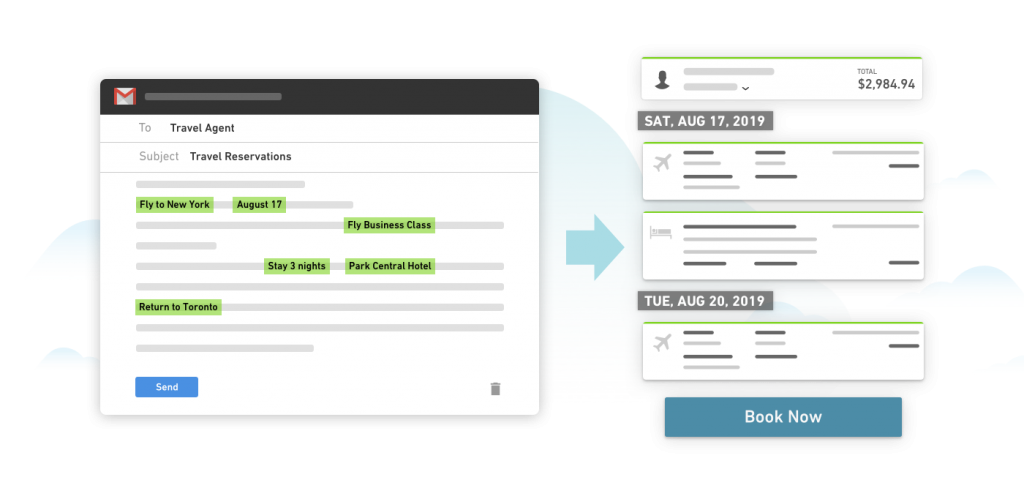
Understanding the user needs
After understanding where business, product and development were at, I wanted to better understand the users of the system and their needs.
I created a number of templates/canvases including a stakeholder and user empathy map, and led workshops with select team members to create a more clearly defined shared understanding of the business goals and user needs.
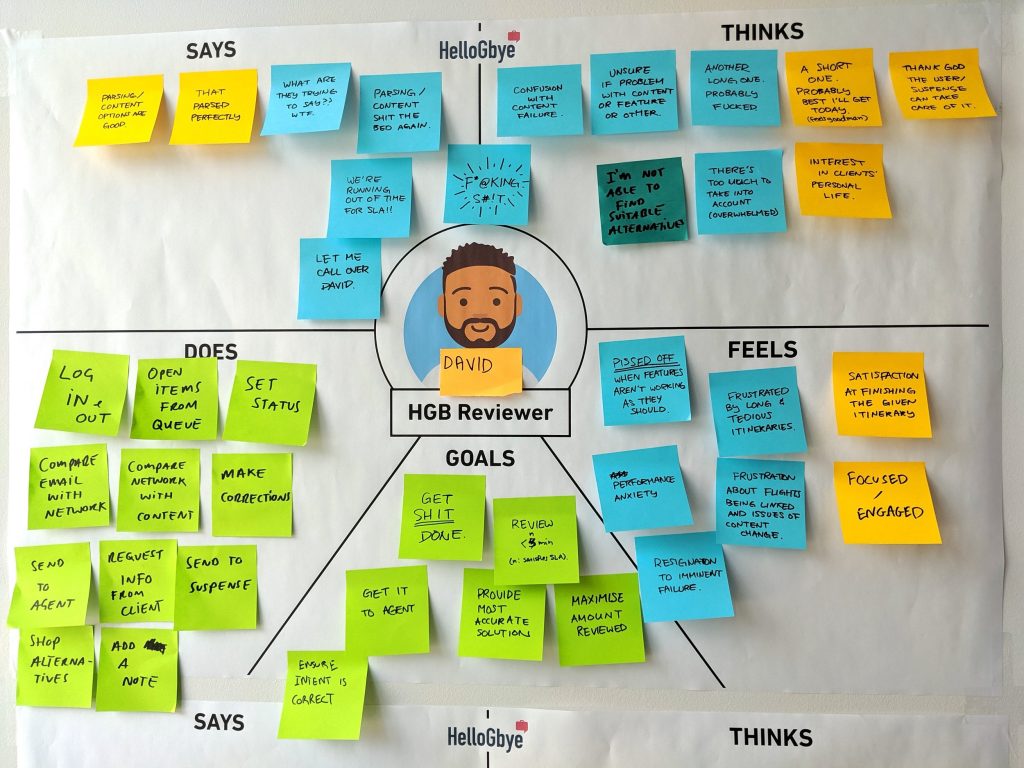
Determining the scope of work
Having gained an understanding of business requirement and user needs, the team was still struggling to turn the requirements into actionable stories that could be developed, tested and rolled out.
I introduced the team to Jeff Patton’s User Story Mapping which was adopted as an effective way to understand the scope of a system and break it down into discreet stories that can be prioritized and mapped to the sprint schedule.
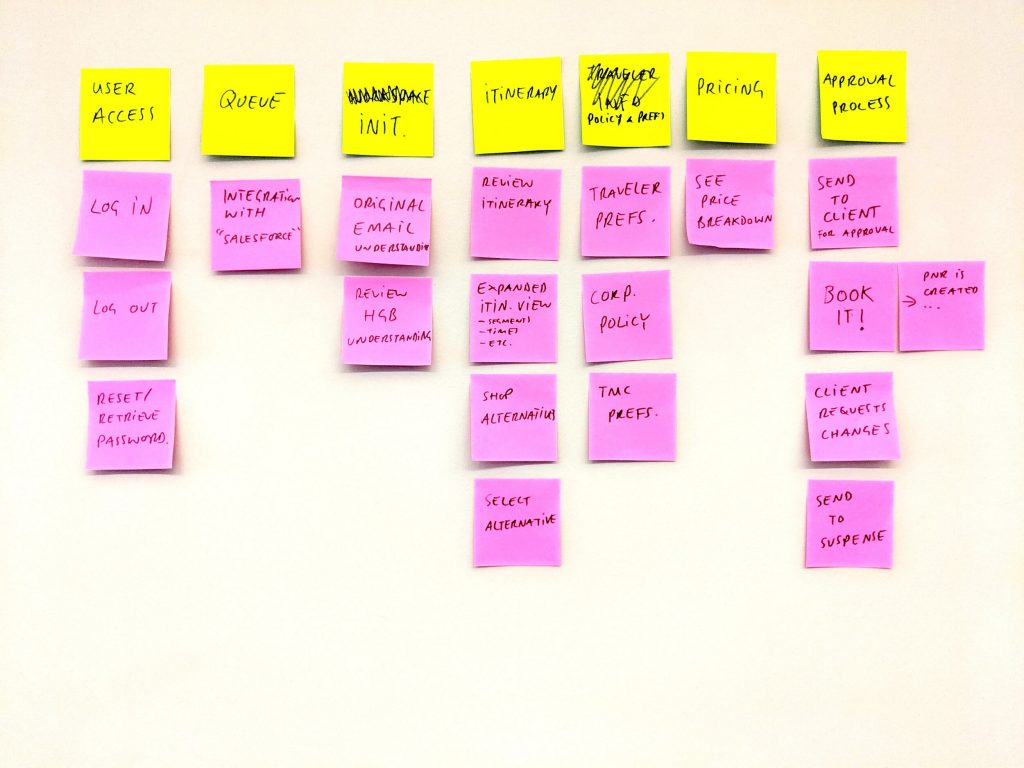
Collaboration, Ideation, Iteration
Working collaboratively with product and development, I helped facilitate numerous sketching and ideation sessions.
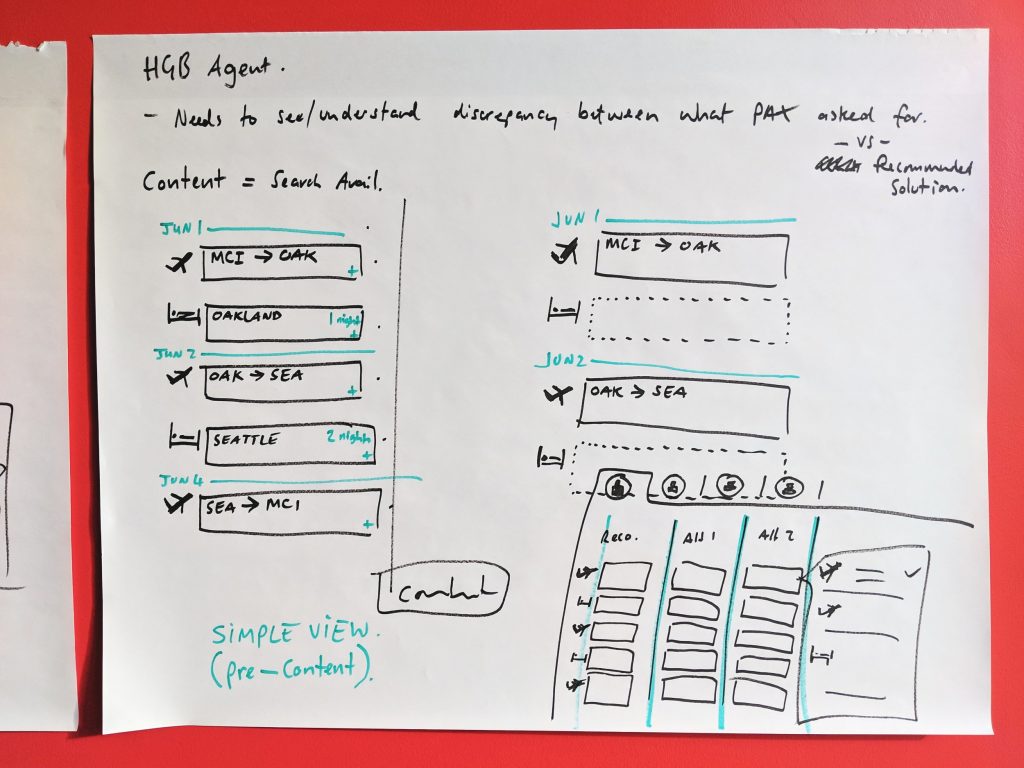
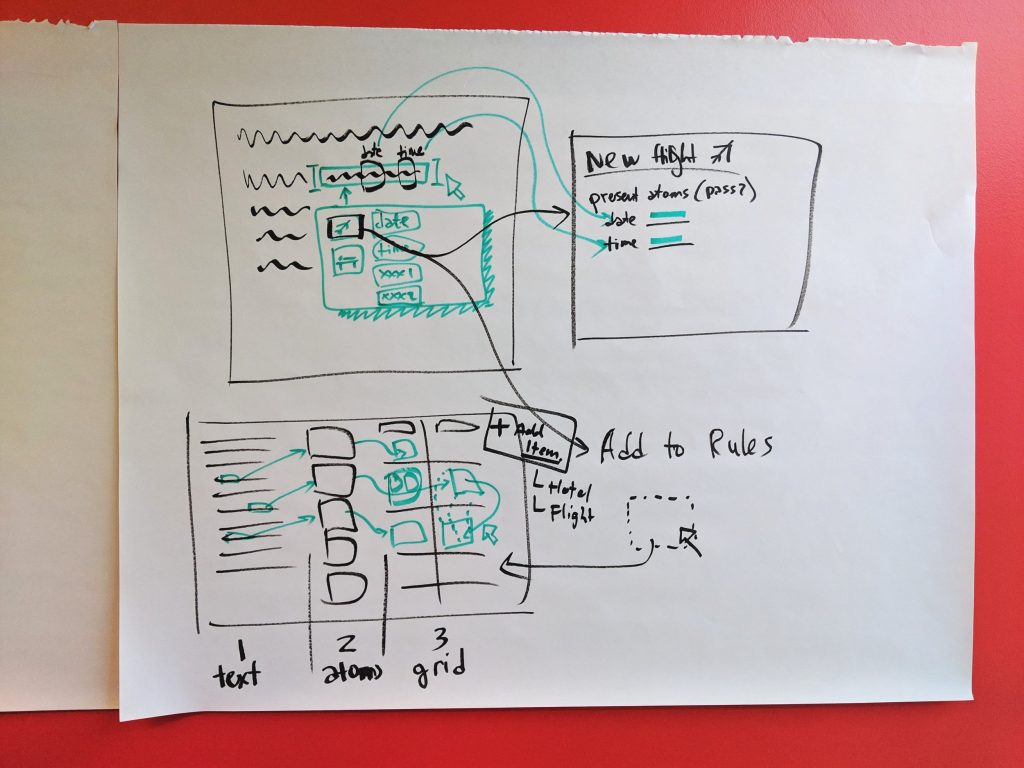
Early designs and prototypes
With 9 developers and 1 designer, a lot of exploratory UI work was mocked up directly in code.
Developers utilized components from the consumer app and “hacked together” a rough prototype.
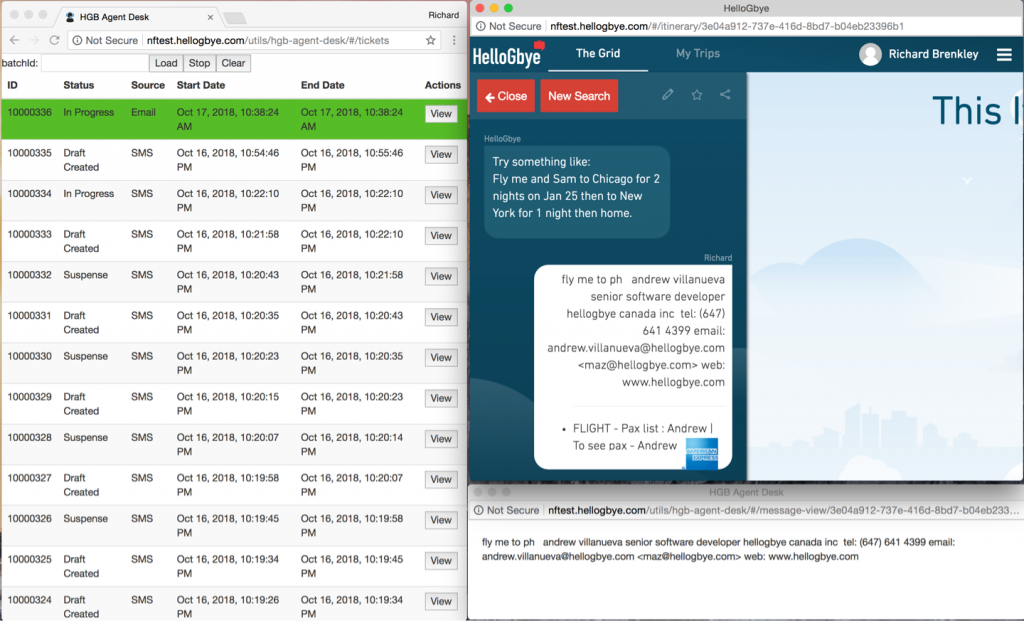
With iterations of visual design, this prototype was refined and developed to a point where it could be tested with end-users.
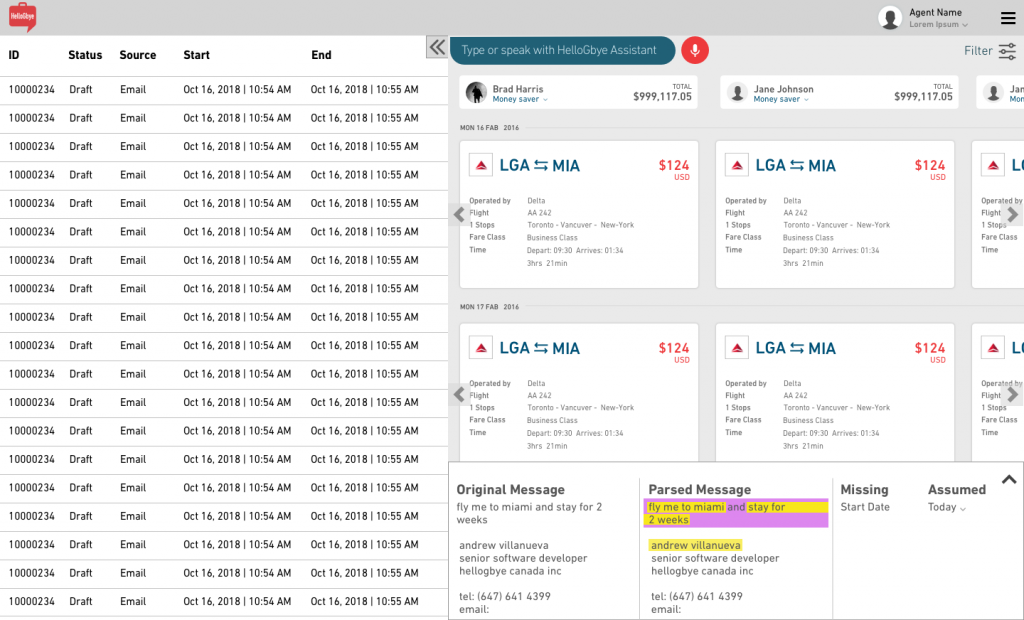
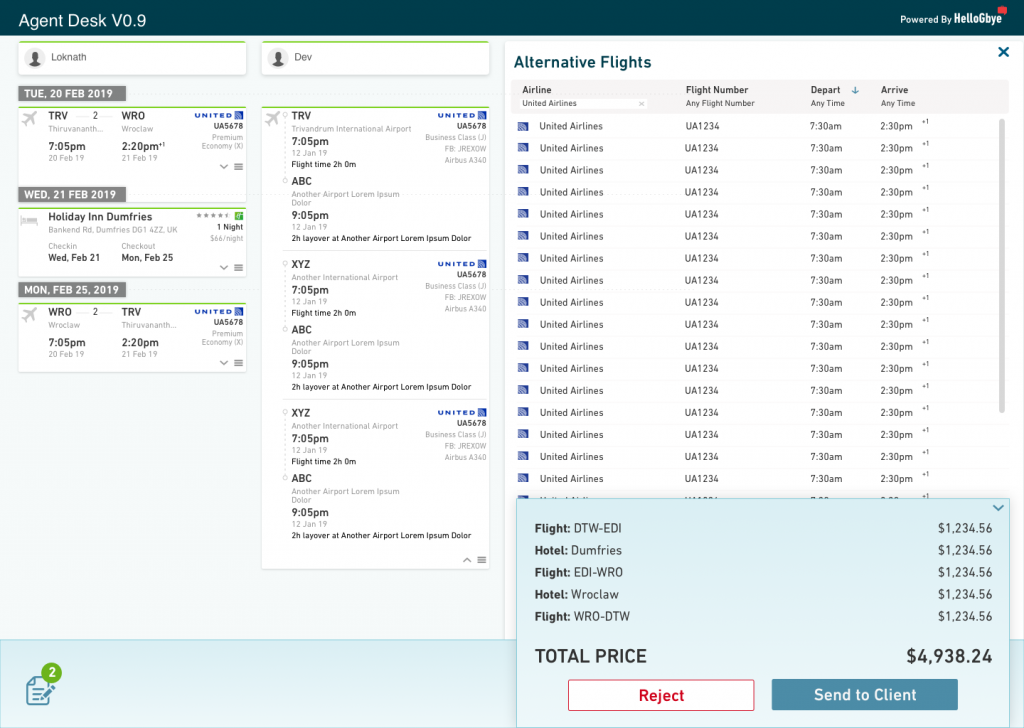
Testing, 1, 2, 3
I conducted a number of rounds of 1:1 usability tests with end users to identify pain points and opportunities. Feedback was directly incorporated into subsequent ideation sessions and sprint cycles as we designed and developed the product in this iterative way.
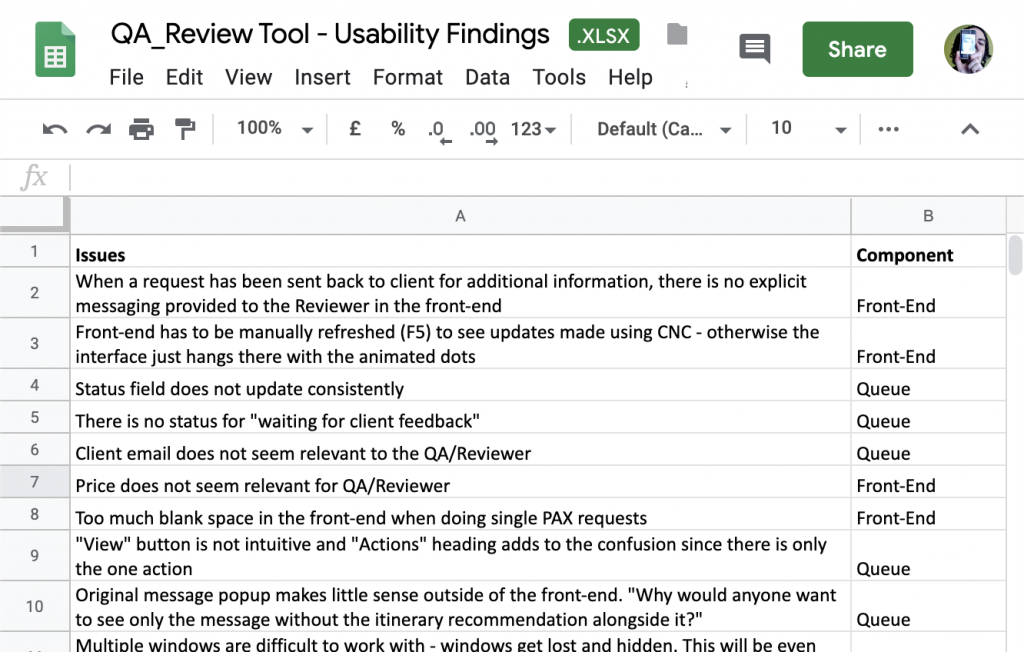
A work in progress
HelloGbye is currently working in partnership with Travelport, American Express Global Business Travel and other TMCs on early-stage pilot programs. As such I am unable to show many of the detailed UI and interaction designs due to confidentiality reasons.
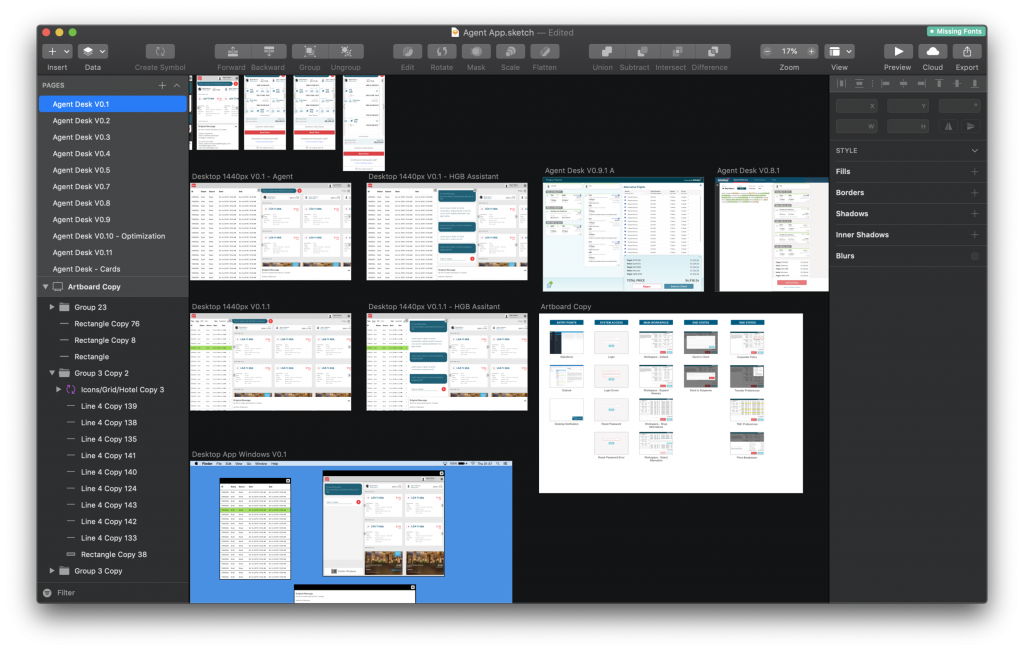
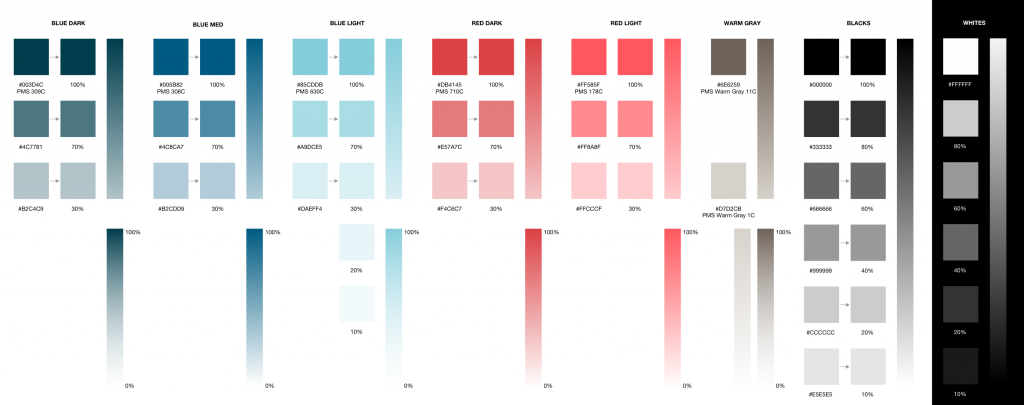
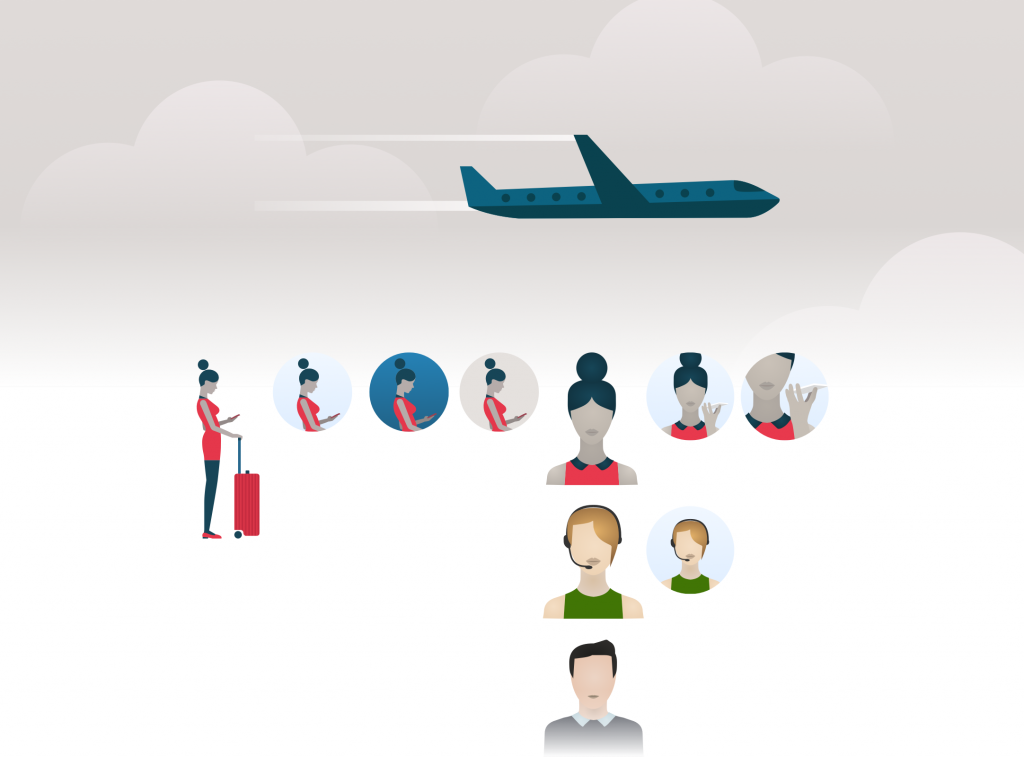
Thanks for reading!
To get in touch, please connect with me via LinkedIn while I work on building out this site.